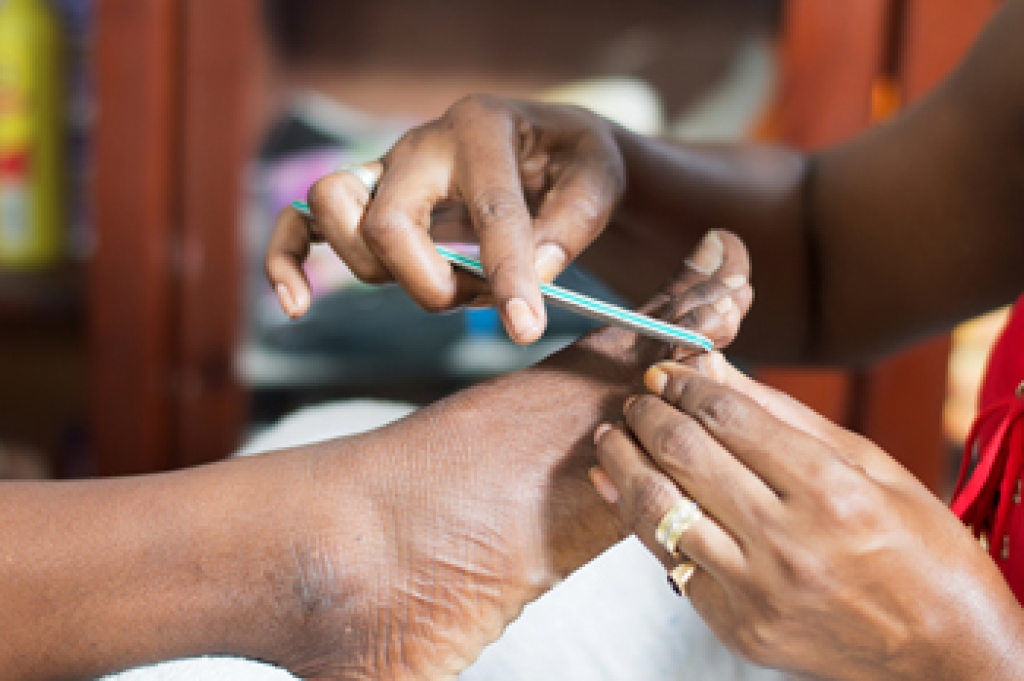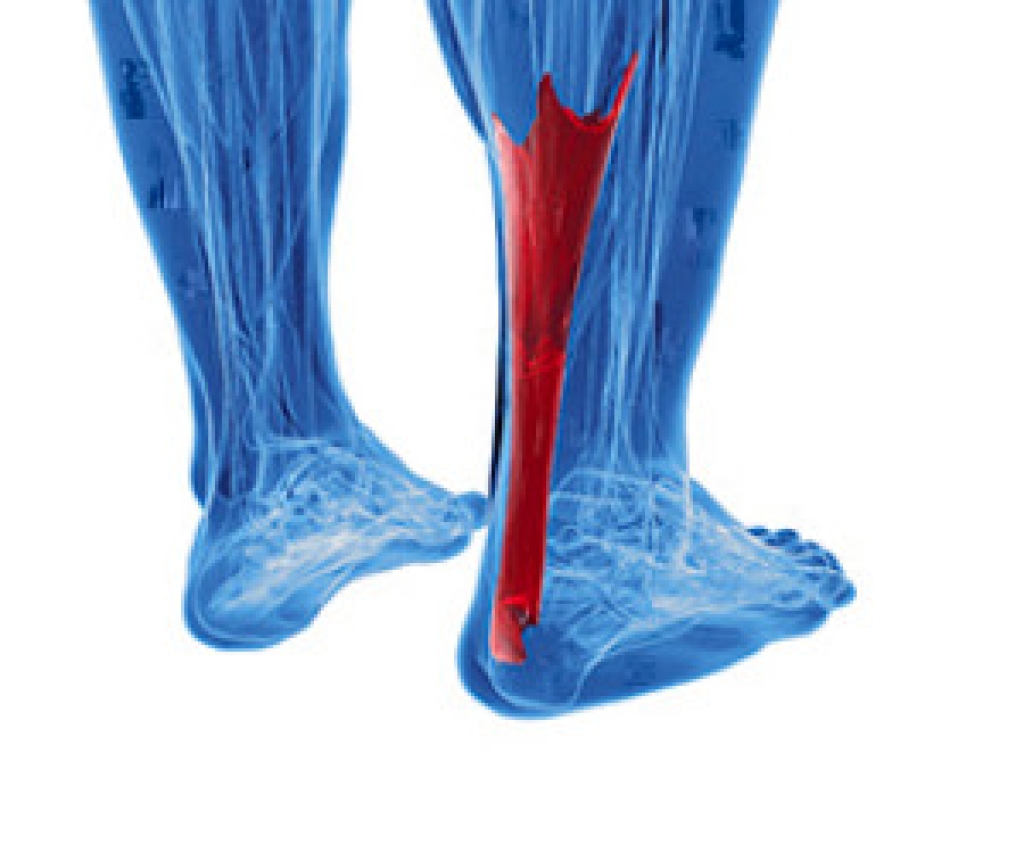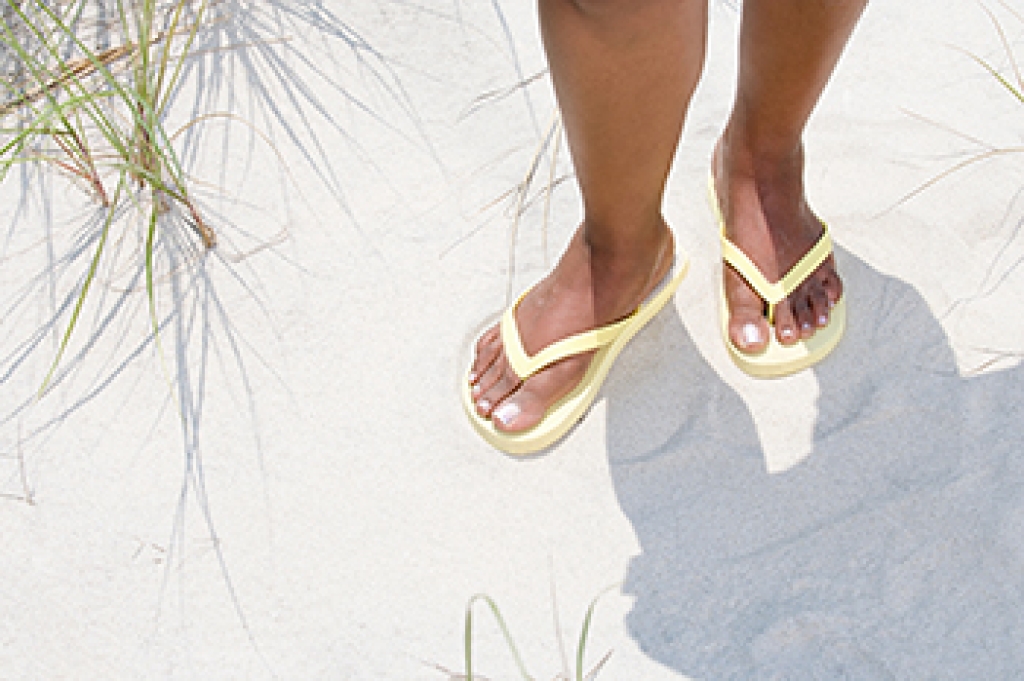
Most people associate gout with pain that centers in the big toe, and this is certainly a common location for a flare up. However, there are many joints where gout can occur, including the ankle. Because ankle sprains, tendonitis, and osteoarthritis share similar symptoms with gout, it can easily be misdiagnosed. Gout is an inflammatory condition, a type of arthritis, resulting from a buildup of uric acid that forms into crystals in the joints. Symptoms of gout, though similar to those of other conditions, are usually far more acute and happen for no discernable reason. A typical flare up causes immediate extreme pain and produces swelling, redness, and tenderness to the touch. The bouts often occur in the middle of the night and completely without warning. The swelling can, in turn, cause stiffness in the ankle that may last for a week or longer, though it may start out as a dull ache. A decreased range of motion in the ankle is another sign of gout. This can affect a patient’s ability to move the ankle, bear weight, or walk. There is no known cure for gout, but there are a number of treatment solutions that reduce pain and prevent future flare ups. For more information on gout, it is suggested that you consult a chiropodist.
Gout is a painful form of arthritis that can affect anyone. Please consult with one of the specialists from Thornhill Foot Clinic. Our chiropodists will assess your condition and provide you with quality foot and ankle treatment.
What Is Gout?
Gout is characterized by sudden, severe attacks of pain, redness, and tenderness in the joints. This type of arthritis is caused by a buildup of uric acid in the bloodstream. When uric acid crystallizes in a joint, often the joint of the big toe, it can bring about a gout attack.
Symptoms
Symptoms of gout include:
- Sudden and severe pain
- Swelling
- Redness
- Warmth
- Joint stiffness
- Joint deformity
Diagnosis
A chiropodist will ask questions about your personal and family medical history, followed by an examination of the affected joint. Laboratory tests and x-rays are sometimes ordered to determine if the inflammation is caused by something other than gout. A sample of fluid taken from your joint can show whether it contains uric acid.
Treatment
Prescription medications or injections are used to treat the pain, swelling, and inflammation. Patients with chronic gout can also use behavioral modifications such as diet, exercise, and decreased intake of alcohol to help minimize the frequency of gout attacks. Foods and beverages that are high in purines should be avoided since purines are converted in the body to uric acid. If left untreated, this painful condition can leave your joint permanently damaged and swollen.
If you have any questions, please feel free to contact our office located in . We offer the newest diagnostic and treatment technologies for all your foot care needs.




